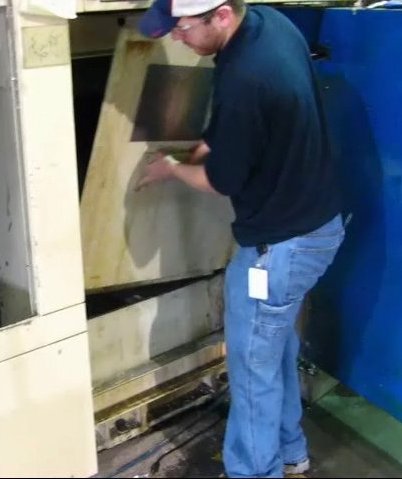 |
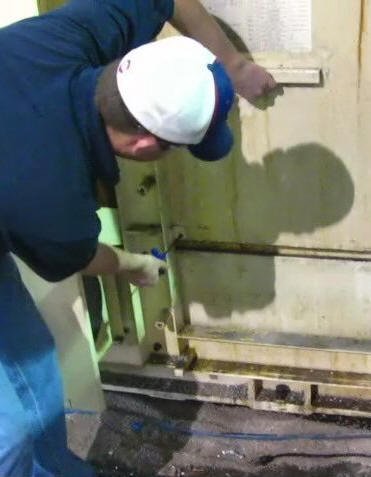 |
| Cumbersome to fit and fasten | |
Principles affected
Related pages
Machine operation
Tools
Material handling
Background
In order to perform maintenance, it is normal to need to remove and subsequently reinstall access panels, machine guarding, and similar items. These activities can be time wasters if the panels are of the type that need to be physically lifted and/or are fastened with screws or bolts. In some situations, these activities can involve risk of injury, such as when the panels are heavy, need to be carried, or involve awkward positioning.
This page provide examples of best practices to improve these problems. Note that many of these practices are similar to those in the section Machines: Covers and doors. The difference is whoneeds access: the operator or maintenance personnel. However, both sections should be reviewed since there are ideas that are applicable in either situation.
Objectives
The goal is to reduce time, motions, and handling by designing panels to be opened without the need for tools or the need to lift.
Ideas and Options
Importance
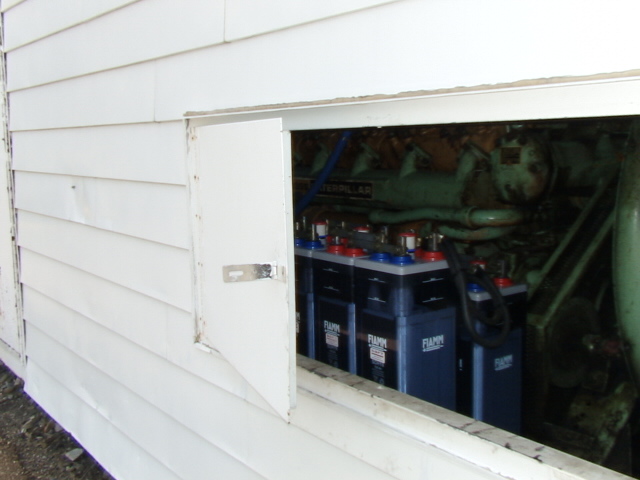 |
| Access openings are essential |
It is important to recognize the value of access openings, since they are critical for maintainability. The example above shows an access opening that was added to an out building used to house a generator and similar equipment on a campus of buildings. Regular maintenance was needed on certain pieces of equipment that happened to be located opposite the entry door, with obstructions blocking passageway. The solution was to cut this opening in the side of the building, finished with door covers. Thus personnel can access the equipment easily from outside the building.
Doors, hinges, and quick releases
 |
| Door: Hinge and quick release |
As a general rule, panels should be converted to doors with hinges and quick releases when access is sufficiently frequent or cumbersome.
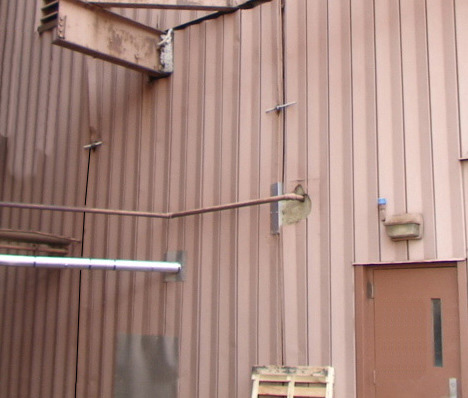 |
 |
| Before: Panels | After: Door |
This example shows huge panels that are used to gain access to bring machinery in a electric power plant. To gain perspective on size, note the pallet and standard door in lower right hand corner of the “before” photo. In addition, there were multiple obstructions which increases the difficulty in removing panels of this size. The right-hand photo shows the large doors that replaced then panels.
Arms
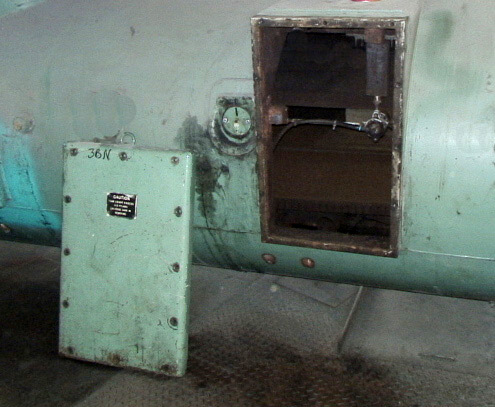 |
 |
| Difficult | Easy (despite twice the weight) |
If a standard hinge does not permit the panel to be moved sufficiently far away to provide clearance, then an arm can be used. The example above shows a coal feeder in a power plant, down for repairs. The heavy panel at left must be lowered to the floor and lifted back again with two people. The panel at right is on an arm and thus can be swung out and back in without lifting and without the need for a second person.
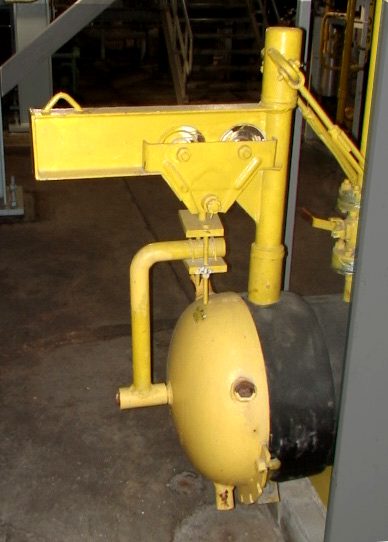 |
| Overhead rail |
This example is somewhat unique in that the door pulls straight out on a rail that is integrated into the equipment. In this case, there was insufficient room on either side for the panel to swing out to the side.
Wheels
 |
| Machine guard on wheels |
Wheels provide a good alternative to hinges. The example shows a large machine guard to which wheels were added. The machine guard can still be connected with quick releases and there is still no need to lift.
Mechanical assists
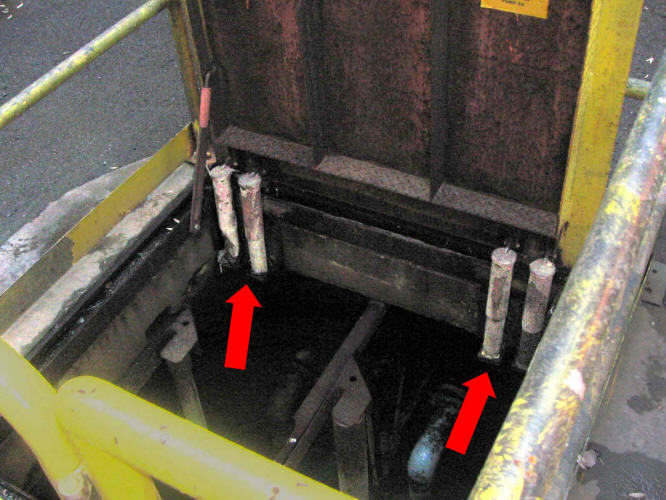 |
| Heavy springs (arrows) to help open/close heavy trapdoor |
Any number of power assist can be used. See maintenance lifting assists.
